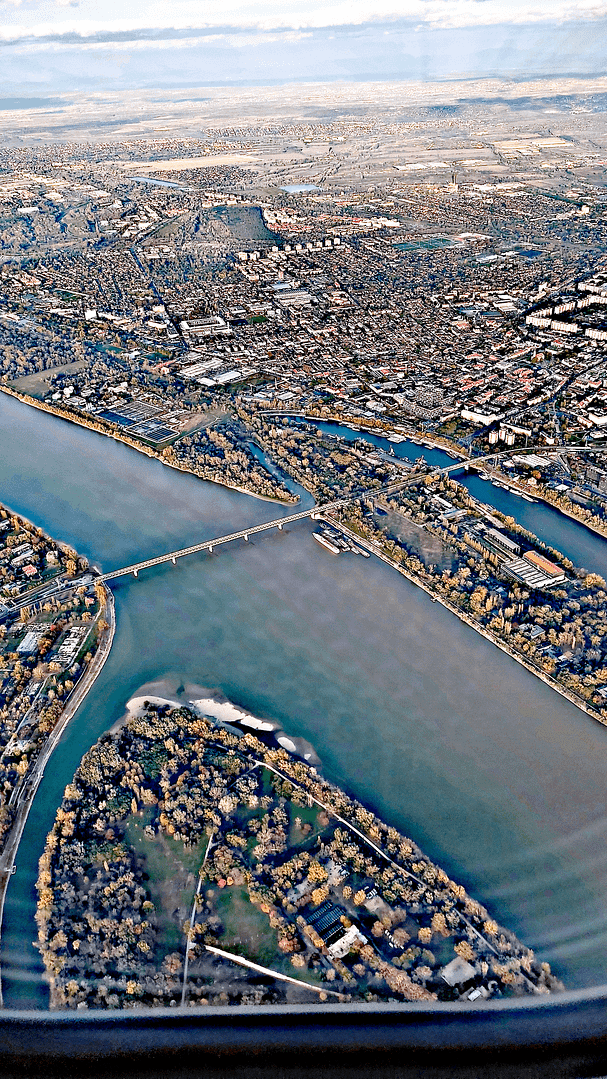Comparing Hungary’s economic development to the drastic development in Warsaw, Poland, over the last 10 years provides an interesting perspective on the varying growth trajectories and economic conditions in different European regions. Let’s explore both cases:
Hungary’s Economic Development:
Over the last decade, Hungary has experienced a period of notable economic growth and transformation. Several key factors have contributed to this development:
Strong Economic Policies: Hungary has implemented pro-business economic policies, including tax incentives for foreign investment and supportive measures for local entrepreneurs. These policies have fostered a favorable business environment.
Foreign Direct Investment: The country has attracted significant foreign direct investment (FDI), particularly in manufacturing and technology sectors. This has led to the expansion of industries, job creation, and the transfer of advanced technologies.
Infrastructure Improvements: Hungary has invested in infrastructure development, including road and rail networks, which has enhanced connectivity within the country and with neighboring regions.
Tourism Growth: Hungary has seen a rise in tourism, driven by its historical and cultural attractions, including Budapest’s stunning architecture and thermal baths. Tourism has become a major contributor to the economy.
Educational Excellence: The country’s emphasis on education and research has led to the growth of a skilled workforce and the emergence of a knowledge-based economy.
Challenges: Despite the positive aspects, Hungary faces challenges related to income inequality and political issues that have raised concerns about the independence of its institutions.
Warsaw’s Drastic Development:
Warsaw, the capital of Poland, has undergone remarkable economic development in the last decade, with several factors driving this transformation:
Infrastructure Overhaul: Major infrastructure projects have modernized and expanded Warsaw’s transportation networks. Improved roads, bridges, and public transit systems have enhanced connectivity.
Business and Investment Hub: Warsaw has become a financial and business hub in Central Europe, attracting multinational corporations, banks, and startups. The city’s reputation as a global business destination has grown significantly.
Technology and Innovation: The development of a thriving tech and innovation sector, often referred to as “Polish Silicon Valley,” has resulted in the establishment of numerous tech companies and startups. Warsaw is at the forefront of the region’s tech revolution.
Tourism Boom: Tourism in Warsaw has also seen a surge, driven by its historical sites, cultural events, and vibrant arts and music scenes. This has contributed to the local economy and the city’s global image.
Cultural and Educational Institutions: The presence of leading universities and cultural institutions in Warsaw has led to a highly skilled workforce and a rich cultural landscape.
Political and Economic Stability: Poland’s political and economic stability has provided a conducive environment for development.
Budapest bird eye view
Comparing Hungary and Warsaw:
While both Hungary and Warsaw have witnessed economic growth and development, there are distinct differences:
- Geographic Scope: Hungary’s development pertains to the entire country, while Warsaw’s is specific to the capital city.
- Economic Drivers: Hungary’s growth is characterized by FDI and a diversified economy, while Warsaw’s development is influenced by its position as a major financial, technological, and cultural hub.
- Infrastructure: Both have invested in infrastructure, but Warsaw’s development has been more city-focused, whereas Hungary’s infrastructure investments have aimed to connect various regions.
- Challenges: Hungary faces political challenges and concerns about democratic institutions, while Warsaw benefits from Poland’s relatively stable political environment.
In summary, both Hungary and Warsaw have experienced significant economic development in the last decade, each driven by its unique strengths and challenges. Hungary’s growth is spread across the country, while Warsaw’s development is more localized, focusing on the capital city. These cases illustrate the diversity of economic development in Europe.








